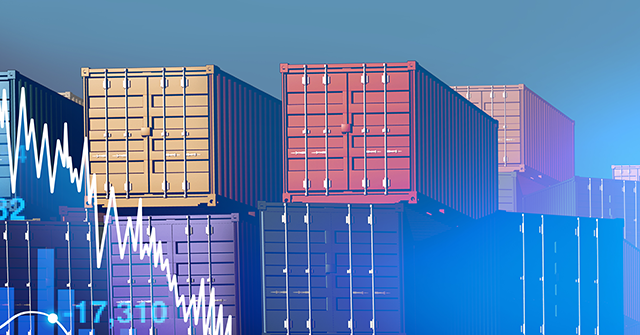A New Paper Breaks the Fed’s Favorite Assumption
The Federal Reserve has a tariff problem—not with policy, but with theory. Its economists still model tariffs as if they’re automatic inflation machines: slap a duty on foreign goods, and prices go up. No nuance, no adjustment, no bargaining.
A new academic paper, published by three trade economists using microdata from China, says the Fed has it wrong. Tariffs don’t just get passed along—they get absorbed. And when the absorbing happens on the exporter’s side of the Pacific, U.S. prices don’t rise the way the Fed expects. In some cases, they may even fall.
The paper is titled “Revisiting the Pass-Through of U.S. Trade Policy: Evidence from Firm-Level Data” by Chong Xiang (Purdue), Wei Xiong (Princeton), and Yifan Zhang (Chinese University of Hong Kong). It uses Chinese customs records from the 2018–2019 trade war and finds that, contrary to the headline data, Chinese firms cut prices in response to Trump’s tariffs. The so-called “full pass-through” we see at the product level—where prices look flat until you add in the tariff—is just an illusion created by low-price firms exiting the U.S. market. Look within products, and surviving exporters are discounting to stay in the game.
Concessions Behind the Curtain
The headline finding is worth underlining: the firm-level elasticity of price to tariff is –0.063. That means a 10-point tariff hike results in a 0.63-point price cut before the tariff is applied. And that’s the average. The authors find that above-median-price firms cut more, and firms in the top quartile slash prices by 1.7 points per 10-point tariff. These are the exporters with margin to spare—think of them as the Mercedes of widgets, not the no-name knockoffs.
Meanwhile, the low-margin firms—those with nothing left to cut—exit the U.S. market altogether. That drives up the product average, masking the price concessions made by the firms that stick around. That’s why you can look at average prices and think nothing changed. But dig a layer deeper, and the story flips: foreign firms blinked. Trump’s tariffs worked.
A Warning for the Fed, a Guide for Markets
This isn’t just a look back. It’s a flashing red light for how to think about Trump’s new tariff regime. Fed Chair Jerome Powell has repeatedly said that everyone he talks to tells him tariffs are inflationary.
But if the Xiang–Xiong–Zhang pattern repeats, many of those foreign exporters are about to eat the cost. Not just because they have to—but because they want to. Holding onto U.S. market share matters. If you’re a German automaker or a South Korean chipmaker, you don’t surrender sales over a marginal tariff. You cut your price, lean into scale, and wait for the politics to pass.
That’s exactly what the Chinese firms did last time. And it’s what the Fed is still missing.
The Blind Spot in the Inflation Models
The Fed’s models assume tariffs are taxes on American consumers. The truth is more complicated. Tariffs can act like price pressure—not just revenue-generating tools, but negotiation devices. They force foreign suppliers to choose: hold your price and lose your customer, or cut your margin and stay in the market. In 2018 and 2019, many chose the latter.
This matters. If central bankers keep bracing for a tariff-driven inflation spike, they may over-tighten into a cooling economy. They’ll be chasing a ghost. The smarter move would be to watch import prices, monitor unit values, and pay attention to the bottom lines of foreign firms that sell here. If margins are falling overseas, tariffs are doing their job—without feeding U.S. inflation.
Trump’s first tariffs taught us something the Fed still hasn’t learned: foreign exporters have pricing power; and under pressure, they use it. Xiang, Xiong, and Zhang’s new paper puts the evidence on the table. Tariffs don’t have to raise prices. Sometimes, they bring them down.
Read the full article here
